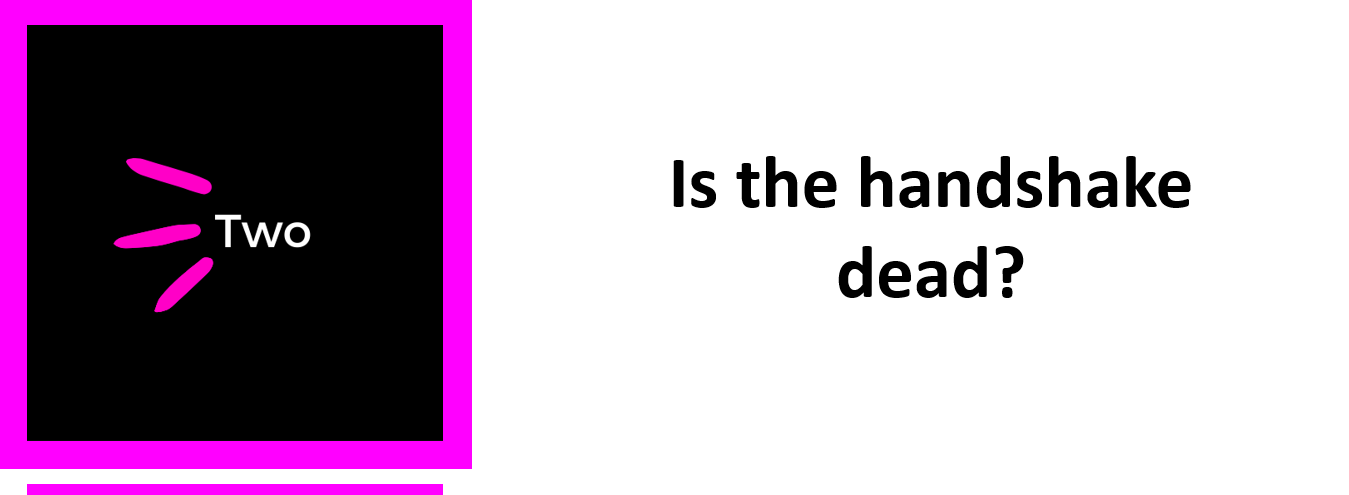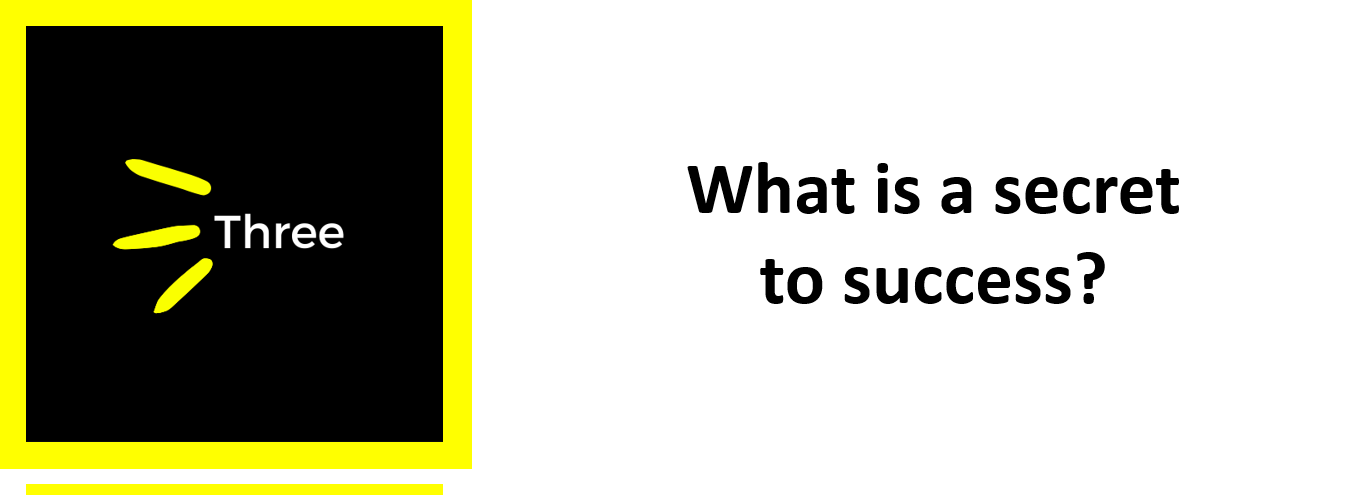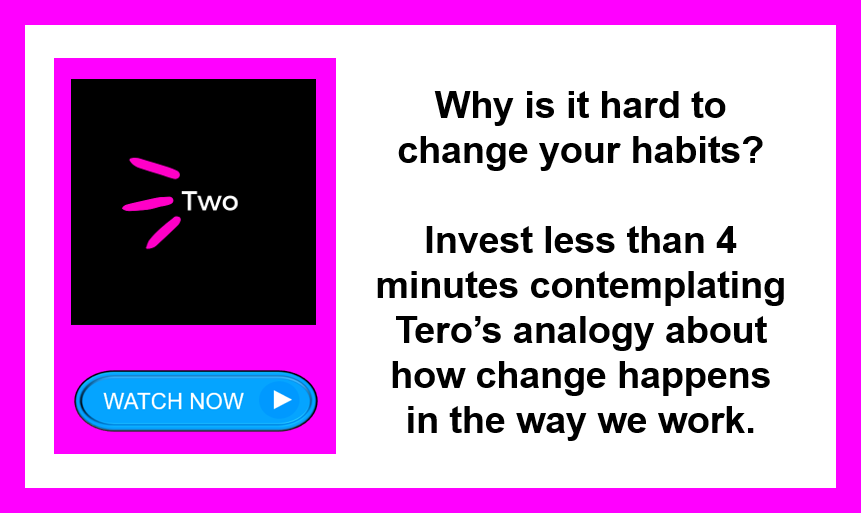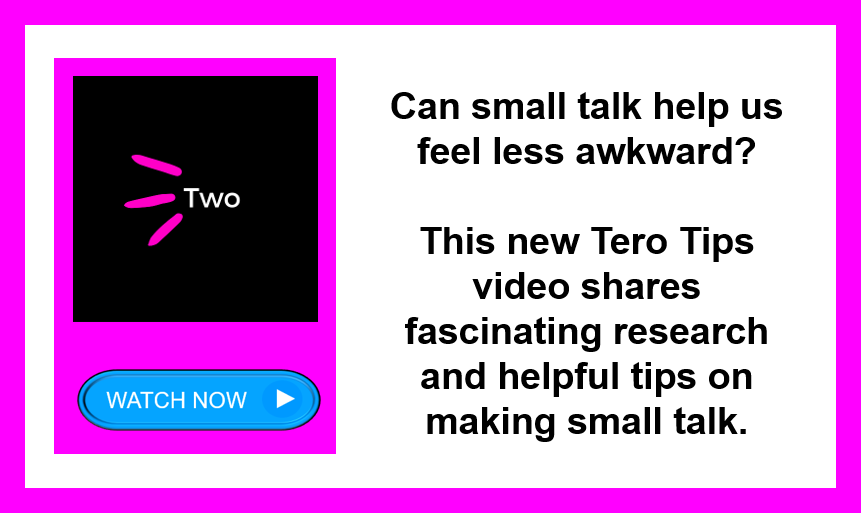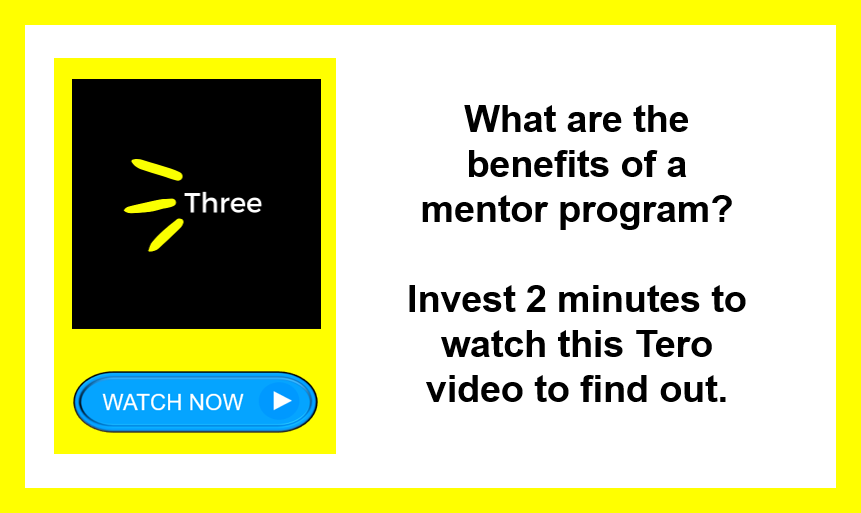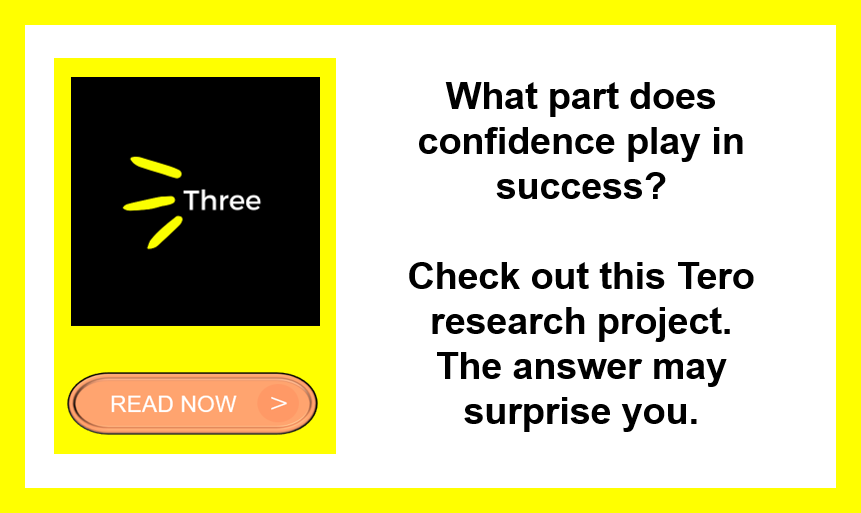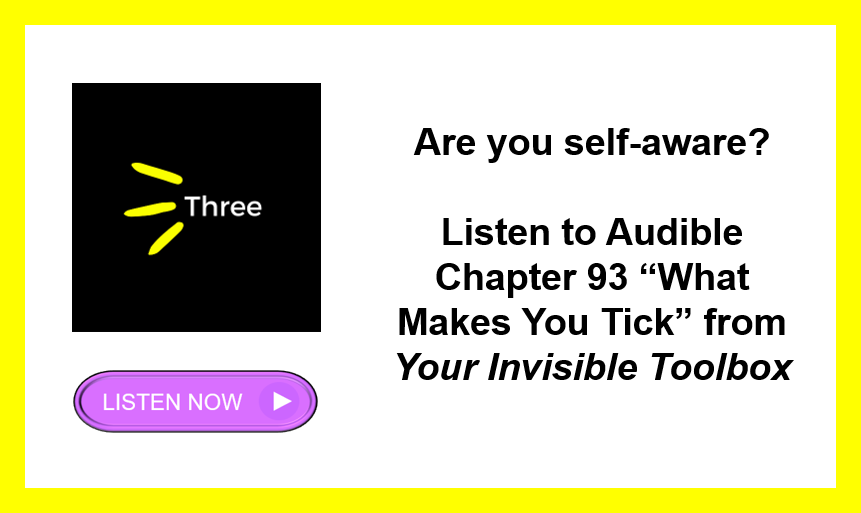
In the book Work as a Spiritual Practice, author Lewis Richmond relates a story about a search for a new company president. The senior executives were given confidential reports to review for each candidate. In one candidate's file under a section titled Weaknesses was a notation that stated, "Candidate has not failed." The search firm saw a lack of experience in failure as a negative. If the candidate lacked the experience of going down with the ship, what knowledge and skills would they draw on in times of inevitable stress or decline? Could they handle it or would they panic and run?
During the pandemic we all experienced circumstances that mirrored failure. We may not have personally failed but we lived with uncontrollable circumstances providing setbacks we could not run from, mimicking the emotional response of failure.
What did we learn about how we might handle failure in the future?
How we define success often times sets us up to consider an event a failure. In times of failure our own limitations and unrealistic expectations can cause us to stop our efforts and alter our feelings of self-worth.
In the pandemic we learned to redefine many expectations. We pushed past limitations. We couldn’t allow our self-worth to be challenged. We had to challenge ourselves to do everything as best we could. Parents became school teachers, work teams became remote individual contributors. The activities that made us feel good about ourselves like going to the gym or meeting family or friends were not possible.
We learned there is a lot we cannot control. We also learned there is one thing we can always control. We can control our thoughts.
Our thoughts influence our experience of any situation. In the pandemic, if our thoughts were fearful, we could find plenty of things to fear. If our thoughts were hopeful, driven by patience and acceptance, they helped us cope and adapt as needed.
This is a lesson that will serve us well as we encounter setbacks in the future.
Richmond states there is no curriculum to learn to fail. It is not taught as a subject in business school. Our curriculum this past year was living through the pandemic. It taught us what failure feels like, and how capable we are to cope.


